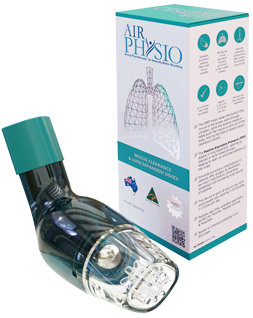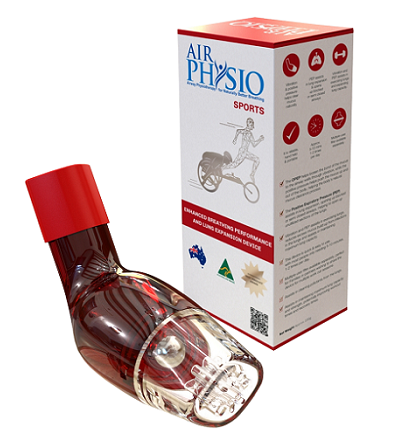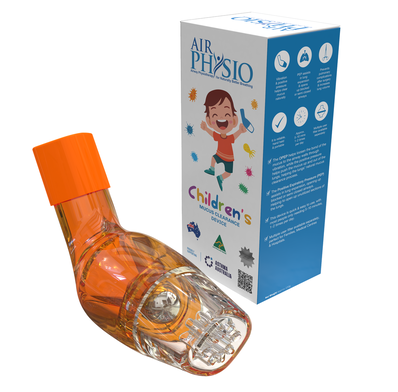Chest Cold Treatment: Tips for Relief and What To Do If It Gets Worse
If you put it to the tune of a favorite childhood song about bones, you might begin a song about colds like this: “The chest cold is connected to the head cold…”
What often starts in your head with a sniffly or stuffy nose, watery eyes, sinus pressure, a headache, and other symptoms can, in some cases, travel down to your chest, where you develop a “chest cold,” or what is also known as acute bronchitis.
If you have had a chest cold, you know that they are terribly unpleasant and can linger for days or sometimes even weeks. The hacking cough that accompanies such a cold can make it difficult to go about your daily routine, disrupting your work, your sleep, or even your ability to simply enjoy a good meal or a conversation with a friend.

The good news is that a common chest cold can often be cleared up with over-the-counter medications, but it is important to understand the difference between chest colds and more serious illnesses.
We will take a look at the symptoms and treatments associated with common chest colds, as well as what signs to look out for to indicate a more serious problem.
WHAT IS A CHEST COLD, AND WHY DO WE GET THEM?
The primary reason we develop chest colds is from a viral infection. For example, when we have influenza, the infection can ultimately spread to our lungs. The airways become inflamed and produce mucus, which in turn causes the “wet” cough we associate with a chest cold. In addition to the cough, a chest cold can also cause a fever and shortness of breath.

This kind of viral infection is often passed from person to person as we cough or sneeze, sending droplets into the air that others may inhale. This is how most chest colds develop and spread; however, they can also be caused by air pollutants or bacterial infections, though these are rare.
CHEST COLD SYMPTOMS AND TREATMENT
If you have experienced a “regular” cold or viral infection that produces nasal congestion, watery eyes, and what we might generally call a “stuff head,” you may then see your chest congestion symptoms moving south and causing discomfort in your chest. Some telltale signs you have developed a chest cold, or acute bronchitis, are:
- A wet cough that produces mucus
- A headache
- Fatigue
- A sore throat
One of the most unpleasant aspects of a chest cold is that you may find yourself coughing up and expelling excess mucus, which can be yellow or green in tint. However, the good news is that in most cases, you can manage and alleviate symptoms within a week or so, using over-the-counter medications.
You should always consult your physician if you are experiencing serious symptoms you cannot manage independently. In the case of a routine chest cold, your doctor will likely advise a course of treatment that includes:
An adult mask and child mask and a supply of replacement cotton filters are included with the Mayluck Portable Compressor Nebulizer.
- OTC medications to provide chest congestion relief from your cough as well as a pain reliever/fever reducer like acetaminophen
- Steam in various forms: a hot bath, a humidifier in your room, or even a cup of hot tea could all help open up your airways to breathe easier
- Plenty of rest to allow your body to heal, and you may find it easier to sleep with your head elevated to ease your cough
- Lozenges to sooth a sore throat
- Ample fluids to prevent dehydration

In cases of acute bronchitis from a viral infection, antibiotics are unnecessary. However, for rare cases where a bacterial infection caused the chest cold, your physician may prescribe an antibiotic to clear it.
It is especially important to follow your doctor’s specific instructions regarding treatment and medications (prescribed or OTC), especially if you have additional complications or illnesses, such as diabetes.
RISK GROUPS FOR CHEST COLDS
Chest colds occur more frequently in the winter months (when we think of common viruses spreading, like the flu) and tend to affect these groups:
- young children
- older adults
- smokers
- people exposed to air pollutants/irritants
MINIMIZING YOUR RISK OF DEVELOPING ACUTE BRONCHITIS
There are many simple and practical steps you can take to minimize the risk of developing acute bronchitis, especially in the winter months when we are all more susceptible.
- Get an Annual Flu Shot. By reducing the chance you will have influenza, you, in turn, reduce the chance of it causing acute bronchitis. Speak to your physician about any concerns you may have regarding this vaccine and whether it presents any risks to your unique health concerns.
- Wash, Wash, Wash Your Hands. It cannot be overstated how important the simple act of handwashing is when it comes to preventing the spread of infection.
- Stop Smoking…Today! One of the best things you can do to minimize the risk of acute bronchitis (and for your health overall) is to give up smoking. Your physician can recommend smoking cessation programs and other tips and tricks to help you kick the habit once and for all.
- Reduce Your Exposure to Irritants. This can mean different things for different people, whose noses may be triggered by pet dander, dust mites, or other items circulating in the air in our homes. An air purifier could be helpful for those who are especially susceptible to these kinds of irritants.
- Focus on a Healthy Diet and Exercise (and Rest!) Maintaining a healthy and balanced diet and coupling that with plenty of weekly exercise and rest is also important for preventing infection and recovering if you do become sick.
WHEN IT IS MORE THAN ACUTE BRONCHITIS: SIGNS OF A MORE SERIOUS ILLNESS
Many people can manage a case of acute bronchitis on their own and find that the chest cold runs its course and clears up within a week or two. However, it is important to pay attention to certain signs that may indicate you are experiencing a more serious problem that requires medical intervention.

Certain groups will have a more difficult time recovering from a chest cold, including those with compromised immune systems, asthma, COPD, or lung cancer. Those patients should always reach out to their medical providers to discuss the best steps to treat a chest cold.
In some cases, what was initially thought to be acute bronchitis could, in fact, be pneumonia. Both illnesses may be characterized by a cough that produces mucus; however, you may have pneumonia if you are also experiencing any of these symptoms:
- Wheezing and/or the feeling that you are short of breath
- Rapid heartbeat
- Chills and/or sweating
- Loss of appetite
- A bluish tint to the lips and fingernails
- Sharp pains as you breathe deeply
- Mental confusion from decreased oxygen levels
ACUTE BRONCHITIS VERSUS CHRONIC BRONCHITIS
- Timeframe: Your cough has not cleared after a few weeks.
- Medication is Ineffective: If your “chest cold” is not responding to OTC medication and you have seen no relief for your symptoms, you may have chronic bronchitis. Symptoms would, in this case, end up getting worse and not better.
- Fever: In some cases of chronic bronchitis, patients may find themselves consistently running a low fever.
CHEST COLD TAKEAWAYS
A normal case of acute bronchitis should not necessarily raise any red flags, especially if you respond well to OTC medications and rest, with the severity of your symptoms decreasing each day. Likewise, though a nuisance, chest colds can be managed effectively with the dimple tips for relief we have highlighted here.
- A cough persists for more than three weeks
- Blood is present in mucus
- You are finding it extremely difficult to breathe, even when resting
- You have a fever of more than 103 degrees
Average Lung AirPhysio
ENJOY BETTER BREATHING - Use this 100% Drug Free Device - AIRPHYSIO

Recent Posts
Sports AirPhysio
IMPROVE YOUR SPORTING PERFORMANCE - Use this 100% Drug Free Device - AIRPHYSIO

AirPhysio Child
BETTER BREATHING FOR YOUR CHILD - Use this 100% Drug Free Device - AIRPHYSIO

Categories
- asthma (2)
- atelectasis (2)
- bronchiectasis (2)
- copd (3)
- cystic-fibrosis (45)
- featured (10)
- uncategorized (2)

